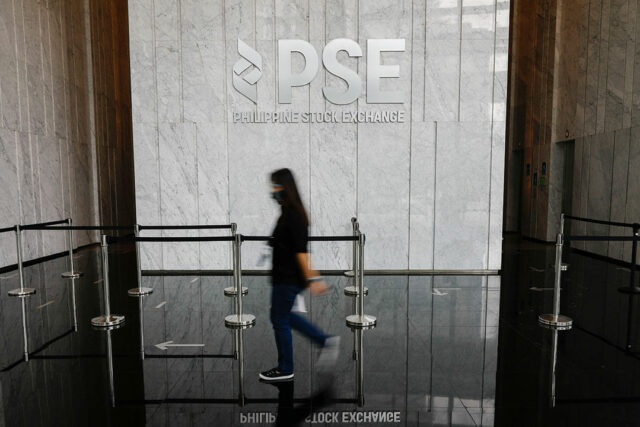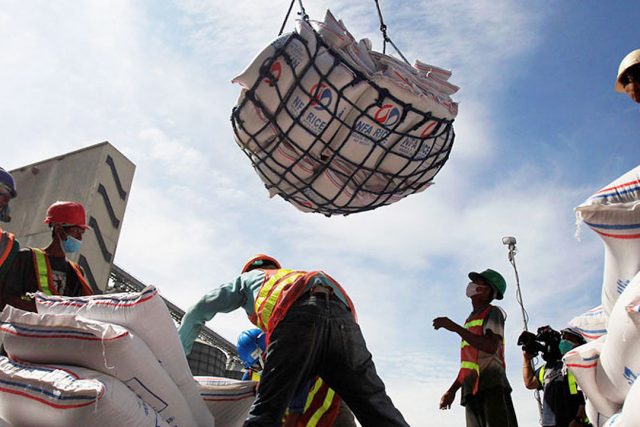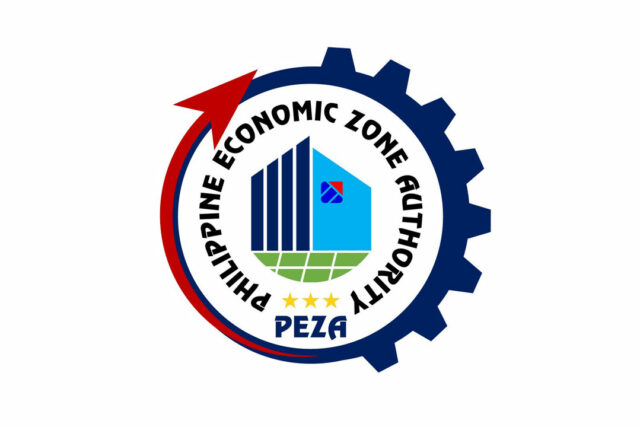SC asked to nullify Comelec rule
AN ELECTION lawyer on Monday asked the Supreme Court (SC) to nullify the rule that allows public officials to hold office after accepting a party-list nomination.
Romulo P. Macalintal filed the petition before the high court on Monday, arguing the rule had violated Section 4, Article IX-B of the Constitution.
The rule is stated in Commission on Elections (Comelec) Resolution No. 11045, allowing officials to be party-list nominees while holding public office.
Mr. Macalintal sought the issuance of a temporary restraining order to prevent the rule from being implemented in next year’s midterm elections.
“While it may be argued that the candidates in party-list are the party-list groups themselves, it will be the height of hypocrisy to say that these public appointive officials who are nominees of party-list will not engage in electioneering or partisan political activity,” Mr. Macalintal said in a separate statement.
He said if the top court would not intervene, the contested Comelec rule might allow several high-ranking public officials to seek nominations from party-list groups, giving them unfair advantage over candidates who have no public seat.
“These public appointive officials will remain in office while campaigning for party-list and if they lose, they are not considered resigned from their positions. In a word, nothing to lose and everything to gain for these lucky government personnel.” — Chloe Mari A. Hufana












